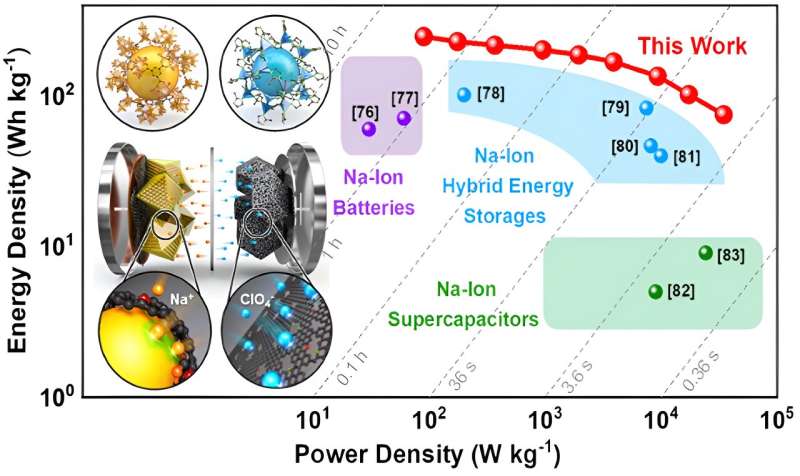Science Daily April 18, 2024
The difficulty in characterizing the complex structures of nanoporous carbon electrodes has led to a lack of clear design principles with which to improve supercapacitors. Charge is stored within the porous carbon structure, and pore size has thus long been viewed as the key factor for determining storage capacity. An international team of researchers (UK, France) evaluated commercial nanoporous carbons and did not find a correlation between pore size and capacitance. Rather, their combination of simulations and data measurements indicated that the key factor was the extent of disorder, as smaller graphene-like domains could more efficiently store ions within the nanopores. More disordered carbons with smaller graphene-like domains showed higher capacitances owing to the more efficient storage of ions in their nanopores. According to the researchers their findings suggest ways to understand and exploit disorder to achieve highly energy-dense supercapacitors… read more. TECHNICAL ARTICLE

Electrochemical characterizations of FS/C/G-20//ZDPC SIHES full cells (left)… Credit: KAIST Nano Materials Simulation and Fabrication Lab.